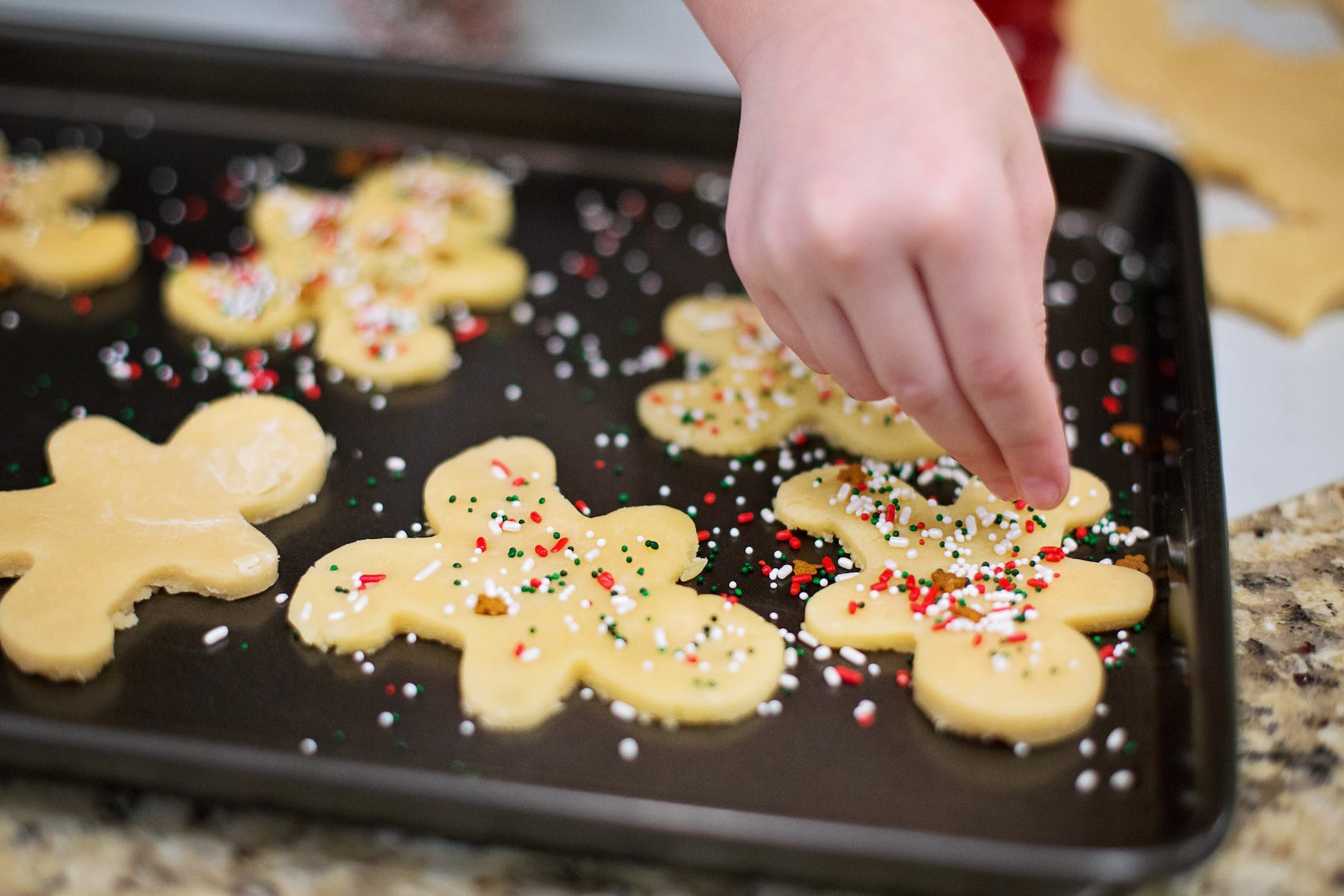Baking is both an art and a science, and having the right tools is crucial for achieving delicious and perfectly baked goods. Among the essential tools in every baker’s arsenal are baking pans. With an array of shapes, sizes, and materials available, it’s easy to feel overwhelmed when selecting the appropriate pan for a specific recipe. In this comprehensive guide, we will explore the different types of baking pans and their uses, providing you with the knowledge to make informed choices and elevate your baking game.
I. Cake Pans:
Cake pans are a staple in any baker’s kitchen, and they come in various shapes and sizes. Round cake pans are the most common and are perfect for making layer cakes. Square and rectangular cake pans are versatile and can be used for a wide range of recipes, including brownies and bar cookies. Bundt pans feature a decorative design and are ideal for baking stunning bundt cakes. Additionally, there are specialty cake pans, such as heart-shaped pans for Valentine’s Day or character-shaped pans for themed cakes.
II. Loaf Pans:
Loaf pans are primarily used for baking bread, but they also have other applications. These rectangular pans are ideal for producing beautifully shaped loaves with a golden crust. They can also be used for making meatloaf, pound cakes, and even ice cream cakes. Loaf pans come in different sizes, allowing you to adjust the portion and thickness of your baked goods.
III. Muffin and Cupcake Pans:
Muffin and cupcake pans are must-haves for any baking enthusiast. These pans consist of multiple wells that hold the batter, resulting in perfectly portioned treats. Standard muffin pans typically have 12 wells, while mini muffin pans have 24. Silicone pans are popular for their non-stick properties, but metal pans with a non-stick coating work well too. Cupcake liners can be used to prevent sticking and add a decorative touch.
IV. Baking Sheets:
Baking sheets, also known as cookie sheets, are versatile pans used for baking cookies, biscuits, pastries, and more. They feature a flat, rimmed design that allows for even baking and easy removal of baked goods. Baking sheets can be made of aluminum, stainless steel, or even non-stick materials. They come in various sizes, such as full, half, and quarter sheet pans, providing flexibility for batch sizes.
V. Pie and Tart Pans:
Pie and tart pans are essential for creating delectable pies, tarts, quiches, and other pastry delights. Pie pans can be made of glass, ceramic, or metal, with metal pans offering better heat distribution. They come in different sizes, including 9-inch and 10-inch, accommodating various pie recipes. Tart pans, on the other hand, are typically shallow with fluted edges, producing elegant tart crusts. They can be round, rectangular, or even individual-sized.
VI. Springform Pans:
Springform pans are unique baking pans that feature a removable bottom and an adjustable latch on the sides. They are commonly used for delicate cakes, such as cheesecakes, where easy release without damaging the cake is essential. Springform pans prevent the need for flipping or inverting the cake during removal, maintaining its shape and presentation.
VII. Roasting Pans:
Roasting pans are not exclusive to baking but are essential for cooking savory dishes. These large, deep pans are designed for roasting meats, vegetables, and poultry. They often come with a rack that allows the food to sit above the drippings, promoting even cooking and browning. Roasting pans are typically made of heavy-duty materials such as stainless steel or cast iron, ensuring durability and heat retention.
VIII. Specialty Baking Pans:
In addition to the aforementioned pans, there is a wide range of specialty baking pans available to expand your baking repertoire. These include:
- Angel Food Cake Pans: Tall, tube-shaped pans specifically designed for baking light and airy angel food cakes.
- Madeleine Pans: Shallow, shell-shaped pans used for making delicate madeleine cookies.
- Doughnut Pans: Shaped like doughnut molds, these pans allow for baking homemade doughnuts with ease.
- Miniature and Shaped Pans: Pans in various shapes and sizes, perfect for creating bite-sized treats or festive desserts.
Conclusion:
Choosing the right baking pan is a crucial step in achieving baking success. By understanding the different types of baking pans and their uses, you can confidently select the appropriate pan for your recipes. Whether it’s cakes, cookies, pies, or savory dishes, having a well-equipped collection of baking pans will elevate your culinary creations and impress your friends and family.
